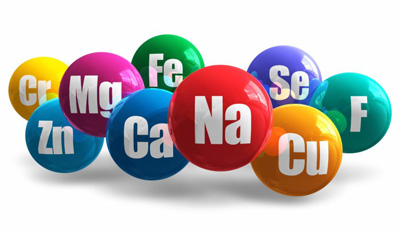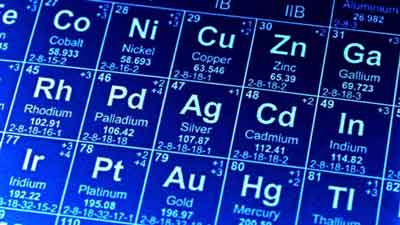Role of elements in brazing process
2018/05/18 Share with:

A variety of alloys are used as filler metals for brazing depending on the intended use or application method. In general, braze alloys are made up of 3 or more metals to form an alloy with the desired properties. The filler metal for a particular application is chosen based on its ability.
1.Silver.
Enhances capillary flow, improves corrosion resistance of less-noble alloys, worsens corrosion resistance of gold and palladium. Relatively expensive. High vapor pressure, problematic in vacuum brazing. Wets copper. Does not wet nickel and iron. Reduces melting point of many alloys, including gold-copper.
2.Copper.
Good mechanical properties. Often used with silver. Dissolves and wets nickel. Somewhat dissolves and wets iron. Copper-rich alloys sensitive to stress cracking in presence of ammonia.
3.Zinc.
Lowers melting point. Often used with copper. Susceptible to corrosion. Improves wetting on ferrous metals and on nickel alloys. Compatible with aluminium. High vapor tension, produces somewhat toxic fumes, requires ventilation; highly volatile above 500 °C. At high temperatures may boil and create voids. Prone to selective leaching in some environments, which may cause joint failure. Traces of bismuth and beryllium together with tin or zinc in aluminium-based braze destabilize oxide film on aluminium, facilitating its wetting. High affinity to oxygen, promotes wetting of copper in air by reduction of the cuprous oxide surface film.
4.Aluminium.
Usual base for brazing aluminium and its alloys. Embrittles ferrous alloys.

5.Phosphorus.
Lowers melting point. Deoxidizer, decomposes copper oxide; phosphorus-bearing alloys can be used on copper without flux. Does not decompose zinc oxide, so flux is needed for brass. Forms brittle phosphides with some metals, e.g. nickel (Ni3P) and iron, phosphorus alloys unsuitable for brazing alloys bearing iron, nickel or cobalt in amount above 3%. The phosphides segregate at grain boundaries and cause intergranular embrittlement. (Sometimes the brittle joint is actually desired, though. Fragmentation grenades can be brazed with phosphorus bearing alloy to produce joints that shatter easily at detonation.)
6.Cadmium.
Lowers melting point, improves fluidity. Toxic. Produces toxic fumes, requires ventilation. High affinity to oxygen, promotes wetting of copper in air by reduction of the cuprous oxide surface film. Less such benefit in furnace brazing with controlled atmosphere. Allows reducing silver content of Ag-Cu-Zn alloys. Replaced by tin in more modern alloys.
7.Tin.
Lowers melting point, improves fluidity. Broadens melting range. Can be used with copper, with which it forms bronze. Improves wetting of many difficult-to-wet metals, e.g. stainless steels and tungsten carbide. Traces of bismuth and beryllium together with tin or zinc in aluminium-based braze destabilize oxide film on aluminium, facilitating its wetting. Low solubility in zinc, which limits its content in zinc-bearing alloys.
8.Silicon.
Lowers melting point. Can form silicides. Improves wetting of copper-based brazes. Promotes flow. Causes intergranular embrittlement of nickel alloys. Rapidly diffuses into the base metals. Diffusion away from the braze increases its remelt temperature; exploited in diffusion brazing.






